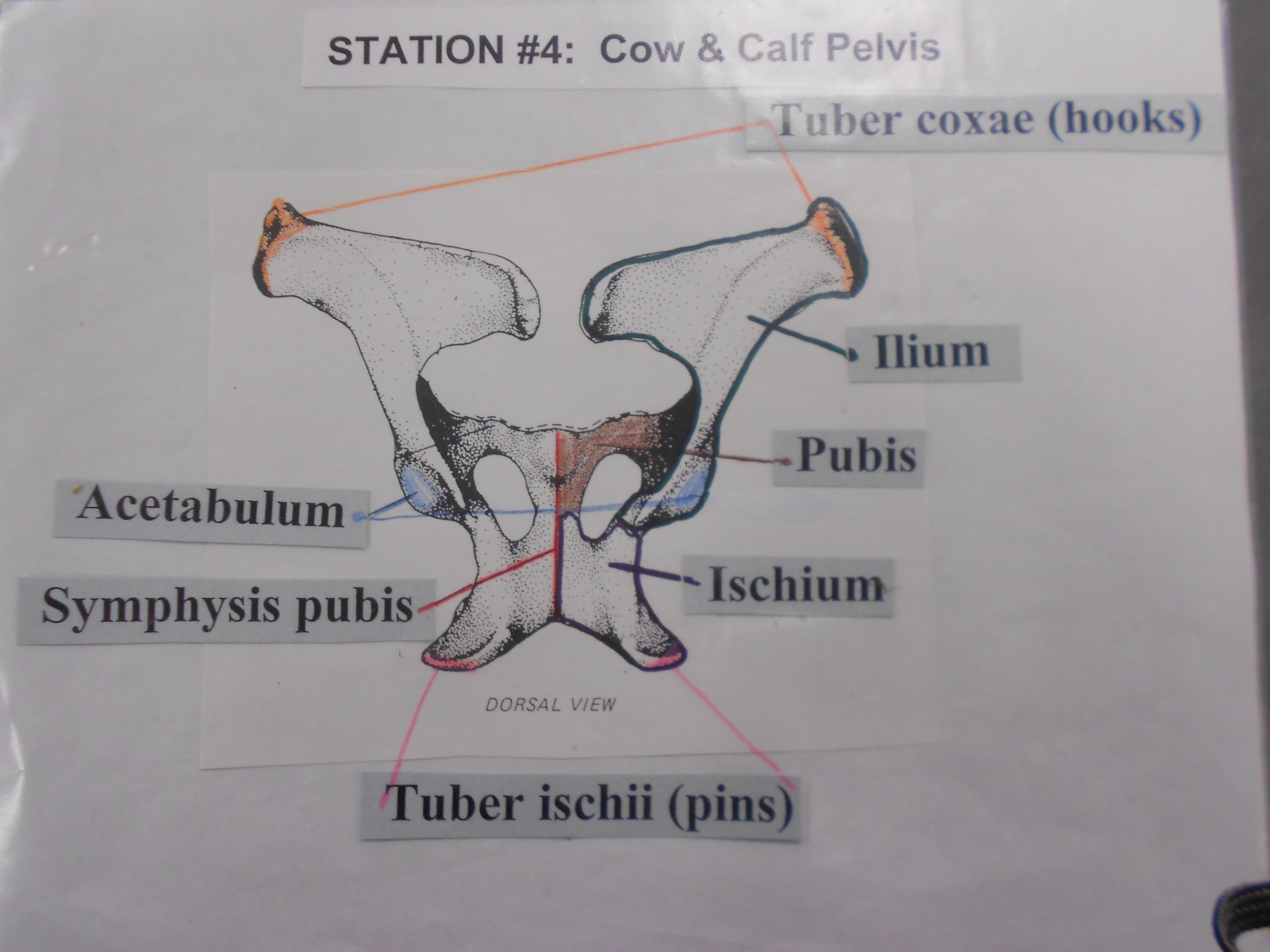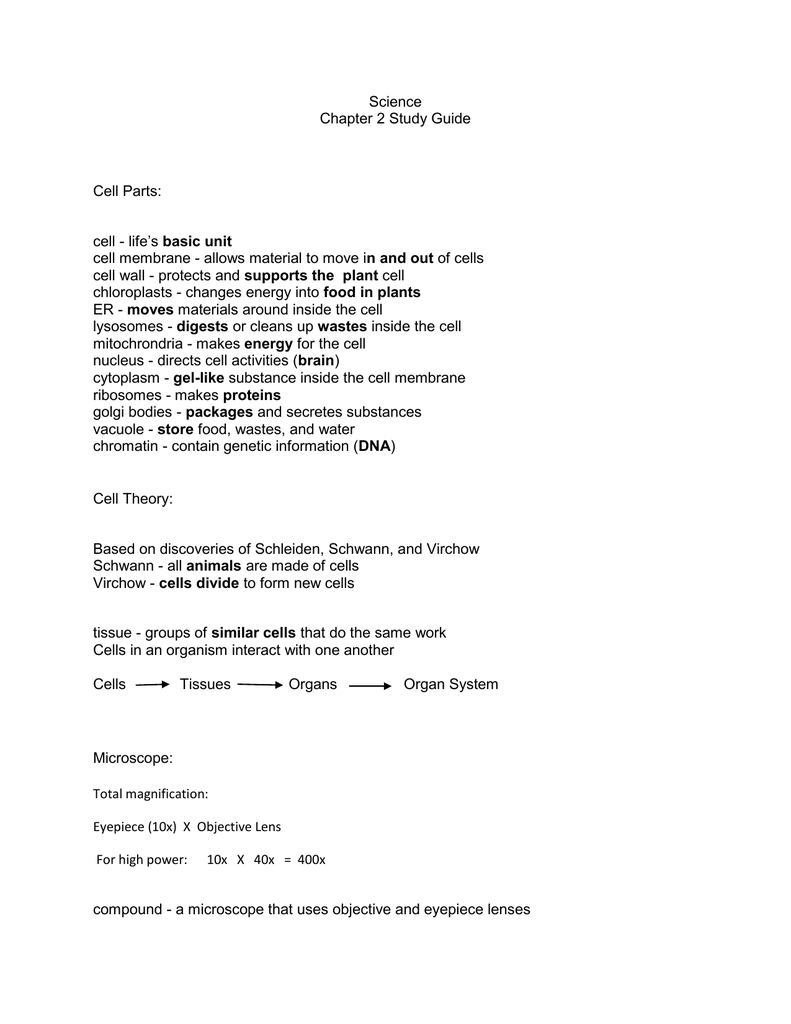Cell Membrane Function In Plant Cell Quizlet

The cell membrane therefore has two functions.
Cell membrane function in plant cell quizlet. In-plant cells the cell membrane separated the cytoplasm from the cell wall. First to be a barrier keeping the constituents of the cell in and unwanted substances out and second to be a gate allowing transport into the cell of essential nutrients and movement from the cell of waste products. Its function is to protect the integrity of the interior of the cell by allowing certain substances into the cell while keeping other substances out.
Proteins embedded within the phospholipid bilayer carry out the specific functions of the plasma membrane including selective transport of molecules and cell-cell recognition. Thus membranes exhibit dynamisity in its structure and function. The membrane is a thin and fragile structure usually between 5 to 10 nm nanometer wide that separate cells.
This acts as the control center for the cell. The central vacuole takes up most of the space within a plant cell. The plasma membrane or the cell membrane provides protection for a cell.
A rigid structure that surrounds the cells of plants and most bacteria. Defined by a membrane called the tonoplast the central vacuole functions as a holding tank for water and other molecules used by the cell. One is to transport nutrients into the cell and also to transport toxic substances out of the cell.
This thin membrane is made up of cellulosic fibers and proteins and its main function is to transport materials through cells. The central vacuole consists of cell sap. Similar to a nuclear membrane the function of the main cell membrane is to give the cell an appropriate shape and size.
Cell membranes are composed primarily of fatty-acid-based lipids and proteins. It also provides a fixed environment inside the cell and that membrane has several different functions. This is a layer that holds the parts of the cell.



















